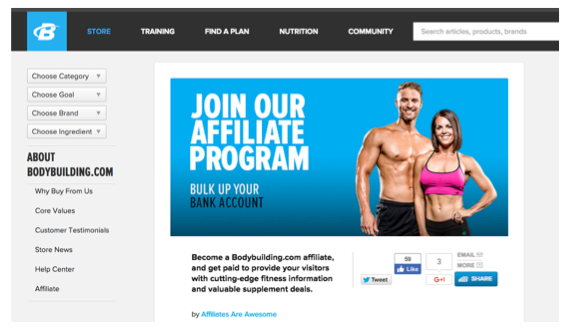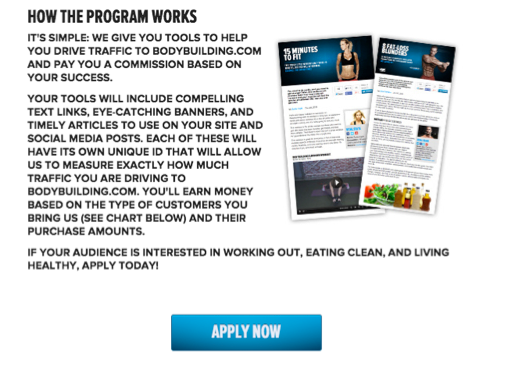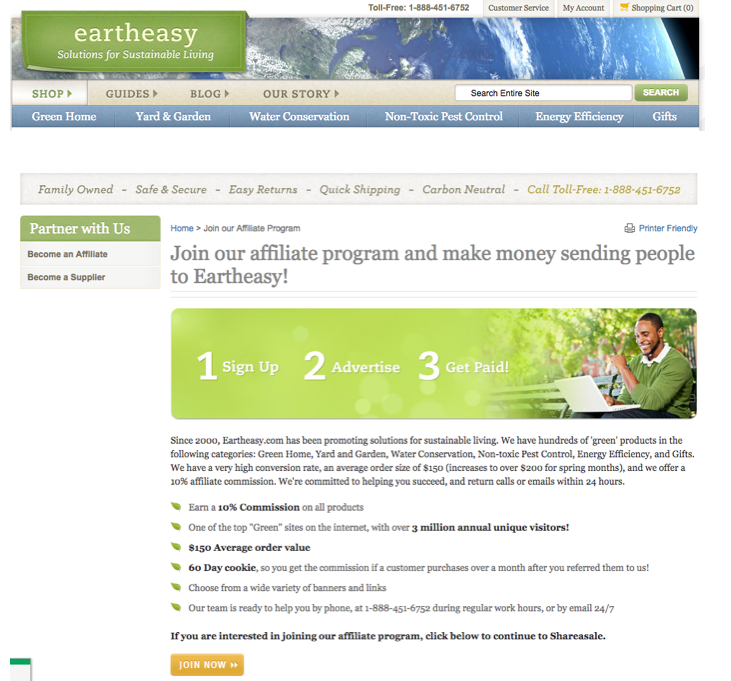5 No-Nonsense Steps to a Successful Affiliate Marketing Plan
For several reasons, affiliate marketing is not the first marketing strategy that comes to mind for many small businesses. After social media maybe wasn’t as stellar as you were promised, or guest posting wasn’t brining in the traffic, or perhaps the conference you attended didn’t bring you any leads: Affiliate marketing is born. For many, this could be the ticket to success with a little bit of strategy and creativity.
A Brief History of Affiliate Marketing for Small Businesses
Affiliate marketing really has its roots in the pre-SEO concern era as a strategy for businesses that understood the value of the web but might not have the tactical control over rankings and overall search ability that we see today. Moreover, affiliate marketing is really a web-based monetization strategy. As the MarketingLand article suggests, it is important to know that as a strategy it has had a fairly long history of success, failure, Google update comebacks and really every kind of twist and turn you can imagine. According to Venture Harbour, affiliate marketers have really taken a hit from Google rankings and SEO over the last few years, not to mention that competition on the web has increased significantly since its beginnings.
So at this point you’re probably thinking—why even bother? With punishment from Google and wary success stories, why consider an affiliate marketing plan to begin with? Not so fast! There is a lot that affiliate marketers can do to be successful and get a fantastic ROI in the process; you just have to stay one step ahead of the game. In fact, many believe that affiliate marketing is a low-cost and highly effective way to showcase products and services. Consider the step-by-step guide to success below:
Step #1: Find a Niche
One of the pitfalls of affiliate marketers is trying to host everything and anything or involve multiple industries on their site. The problem is that while you might think that being open minded and non-restrictive will actually generate more business; you are going to have a more difficult time presenting your value to a niche market. A great example of affiliate marketing is actually bodybuilding.com, a fitness and nutrition site. The site is known for hosting a variety of fitness supplements, reviews, fitness bloggers, and nutrition advice, but they have a stellar affiliate program offering commission to sites that drive customers to their site.
Beyond their obvious incentives, valuable content (more on that next) and clearly laid out affiliate strategy, they also have a niche: health and fitness, but even more specifically, catering to the “gym-oriented” “body-building” community. It makes it clearer for them to get involved in their affiliate program as the relevance is obvious to various businesses and bloggers who could easily drive traffic to their site. As for the affiliate hosting a product on their site, they earn another additional opportunity to drive sales and conversions within their e-commerce store and awesome review hosting.
Step #2: Create Quality Content for Your Business in a Different Way
The biggest challenge in digital marketing these days is staying on top of content marketing by publishing long-form posts that Google (or other search engines) see as valuable. Affiliates can actually produce quality content fairly easily as they may not have some of the limitations and restrictions that brands have when publishing their content online. Doing product comparison articles is just one example, but also think about the quality content that you can target towards your audience’s questions, needs, and interests. By establishing your niche and branding yourself, you are much more easily able to create targeted content for your readers, while also building in those links, suggestions, and other affiliate marketing requirements into your content marketing strategy.
Step #3: Provide Incentives for your Partners and Set a Financial Strategy
Having an affiliate site means rewarding those partners who bring traffic to your site. In a sense, you are not going to be able to make money on advertisement, product placement, or promotions without these folks boosting your audience. Before you even dive into building up partner-sites, you need to clearly figure out what your incentives are going to be. What is in it for them? What is in it for you? How are going to have reoccurring affiliate revenue? This is the part of your strategy that you need to have solid before progressing successfully. Below is a great example from EarthEasy that shows another way to lay out the benefits:
Step #4: Remember to Drive Traffic (in Multiple Ways)
Part of having a successful affiliate program is not allowing other aspects of your business to slip (something we see at The Miami SEO Company all too often). It is critical that you build up an audience for your own brand and site. While you absolutely can rely on partners driving traffic to your site, you really need to focus on getting your own following. More importantly though, you want to have a brand, a clear platform, and a specific product offering that is going to drive consumers back time and time again. Coming up with a clear niche can help to drive traffic that is truly interested in the products, figures, and services that you represent. You may not need to spend the time on product development that the brand’s you sell do, but that doesn’t mean you don’t have to work on building your own audience.
Step #5: Be Picky When Recommending Products
Not everything is about sales commission. While it may be really tempting to support any product that is bringing in revenue, you absolutely should not support a product that is not going to get positive feedback from your audience. Part of the goal is going to be to generate positive feedback on the products you sell, and you cannot do that if you are selling anything and everything that comes across your desk. Smart Passive Income said it perfectly:
“I only recommend products as an affiliate that I’m extremely very familiar with—preferably products that I’ve used before and have helped me achieve something. If I’m not confident in the product and I don’t feel it will positively help people, I will not promote it.”
Don’t think of promoting products as a “hard sell,” but think of them as a recommendation that you are stamping your name and brand on. Over time these are the details that will help you gain credibility and a reputation.
What is your experience with affiliate marketing? Do you have any tips that didn’t make the list? Let us know your thoughts in the comments section below!











